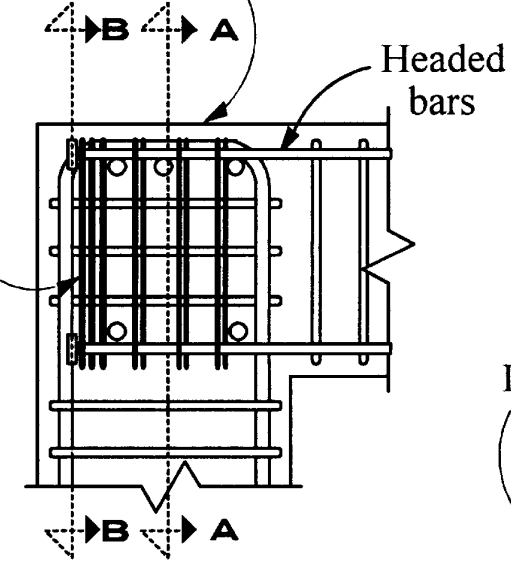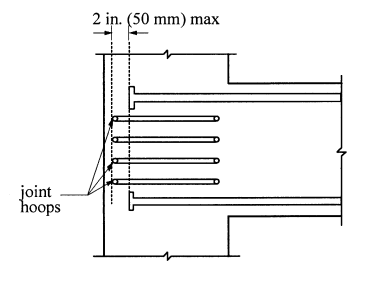bkal
Structural
- Feb 27, 2003
- 272
Hello,
I am considering using headed reinforcement bars to anchor bars which are subject to compression. ACI 318, Clause 12.6.3 explicitly rules out use of headed bars in compression, with an explanation that there are no data available to confirm their effectiveness. I am curious to understand what are the reasons for the headed bars not benefiting from the heads, what mechanism would prevent the heads from reducing the required anchorage length.
I am considering using headed reinforcement bars to anchor bars which are subject to compression. ACI 318, Clause 12.6.3 explicitly rules out use of headed bars in compression, with an explanation that there are no data available to confirm their effectiveness. I am curious to understand what are the reasons for the headed bars not benefiting from the heads, what mechanism would prevent the heads from reducing the required anchorage length.



